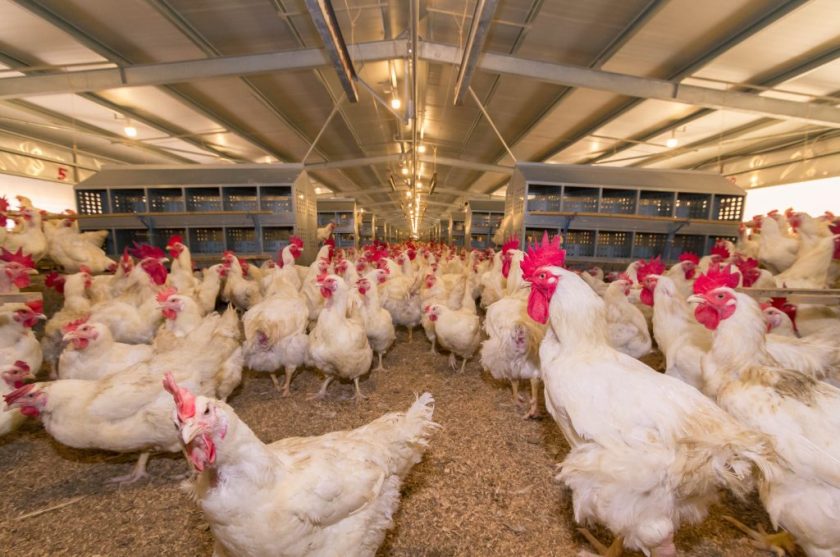Malaysia is ramping up domestic poultry and livestock production to reduce dependence on food imports and bolster national food security.
The Ministry of Agriculture and Food Security announced intensified efforts to modernize the agri-food sector through infrastructure upgrades, smart farming, and private investment incentives.
Currently, over 90% of Malaysia’s poultry and fish demand is met locally, positioning the poultry sector as a cornerstone of the country’s protein supply.
However, import dependence remains high for staples such as rice, beef, mutton, dairy, and temperate vegetables.
“We’re focused on scaling local production, advancing agri-tech adoption, and strengthening the food supply chain to build long-term resilience,” the Ministry stated.
Poultry dominates, but protein gaps remain
Poultry leads with a self-sufficiency ratio (SSR) of 90.2%, making it a strategic priority for both food security and agribusiness growth.
In contrast, beef and mutton SSRs stand at 15.9% and 10.6%, respectively, while dairy meets 66.8% of national demand.
To close the protein gap, the government is expanding contract farming models, agro-parks, and precision livestock initiatives.
Additionally, efforts are underway to boost local corn and shallot production, reducing exposure to global feed and input price fluctuations.
Investor outlook
With Malaysia’s population projected to reach 40-42 million by 2050, the government is prioritizing scalable food production models. Key investment areas include:
- Poultry production and feed innovation
- Livestock technology
- Supply chain infrastructure
- Food reserve systems and traceability databases
Backed by the National Food Security Policy Action Plan (2021–2025), the country is positioning itself for long-term sustainability and reduced exposure to global food shocks.
“Malaysia’s food future lies in high-efficiency farming, local empowerment, and strategic investment,” the Ministry stated.

